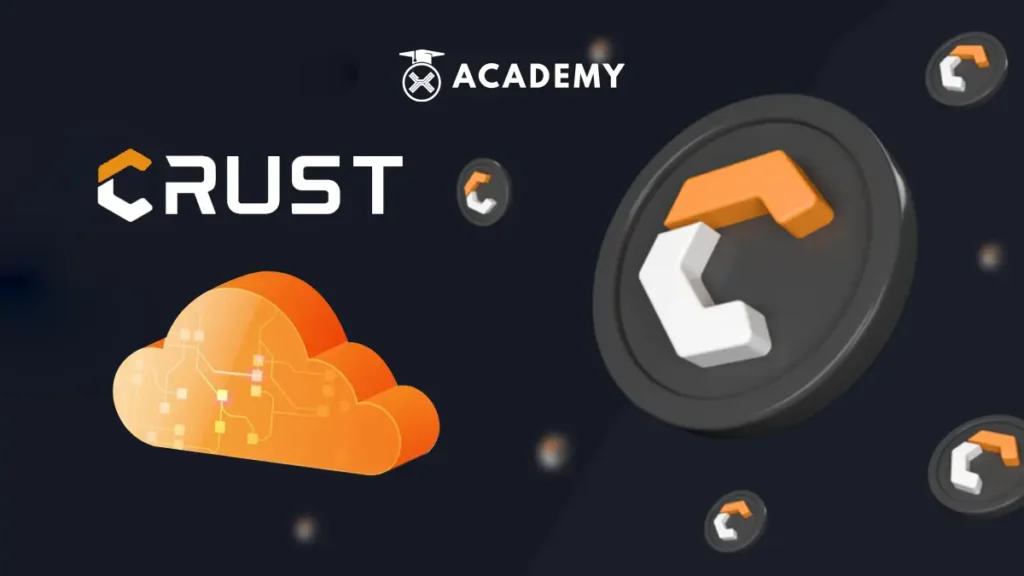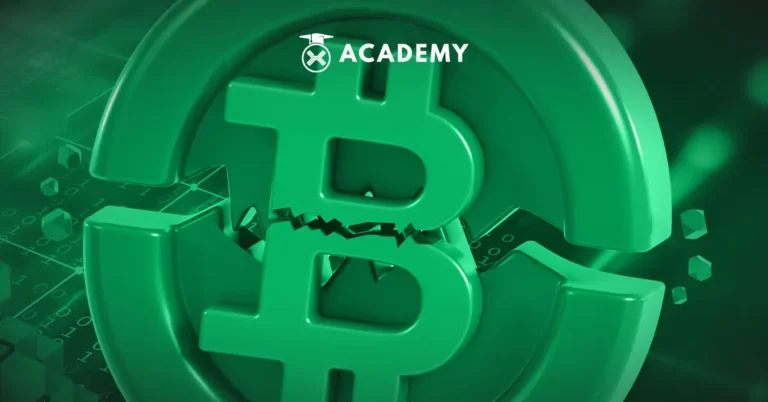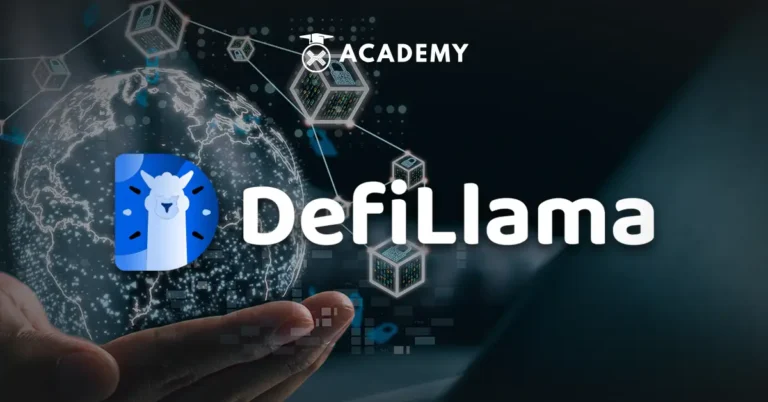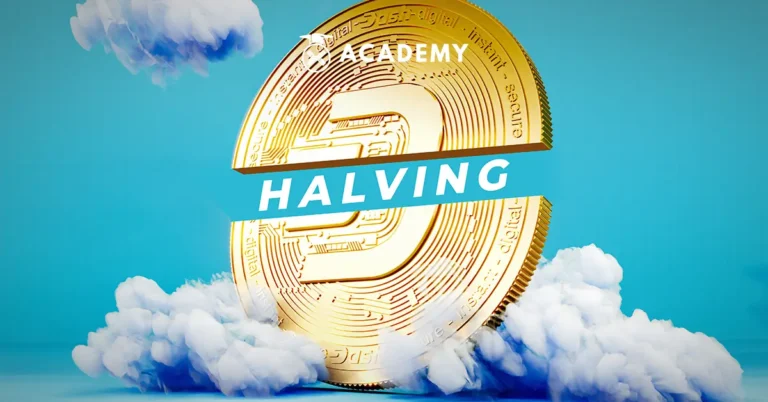A decentralized cloud infrastructure is required to realize decentralized data storage and computing power utilization through blockchain technology.
One blockchain project specializing in decentralized cloud storage is the Crust project.
To better understand what crust is, from understanding the roadmap and how to use it to comparison, check out the following review!
What is Crust in Blockchain, and What Does it Do?
Quoting crust.network, Crust is a blockchain project that focuses on decentralized cloud storage.
The project implements an incentive layer protocol for decentralized storage by adopting layer protocols such as the InterPlanetary File System (IPFS) and providing support at the layer inside applications.
The goal of the Crust decentralized cloud is to encourage nodes to provide decentralized storage and computing capabilities to data through blockchain technology. It aims to achieve decentralization of data storage and computing power.
As for now, Crust is known to focus on solving three problems in a hierarchical and modular approach, which can be summarized by three keywords: reports, packaging, and services.
Crust Roadmap
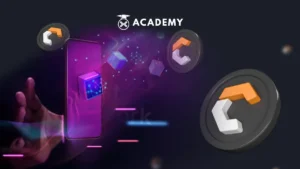
Quoting coinmarketcap.com, the mainnet was launched on September 1, 2021, and currently has a storage capacity of approximately 1,200 PetaBytes provided by over 4,000 individual nodes.
Crust Network is already integrated with many blockchains and provides a fully decentralized storage layer for Ethereum, BSC, Polygon, Solana, Near, Elrond, Heco, and others.
In the future, Crust will implement its storage services for more networks to provide storage solutions for every ecosystem.
Some of the biggest blockchain projects already use Crust Network to store data or host websites and decentralized applications (dApps) over Crust infrastructure. Some examples are Uniswap, AAVE, or the Polkadot app.
In the future, Crust Network strives to provide more services for Web3 and Web2 landscapes for projects and enterprises to utilize and build upon.
The Crust architecture can also support decentralized computing layers and form a decentralized cloud ecosystem.
How is Crust Different from Filecoin?
Before discussing the differences between the two, it is important first to recognize what Filecoin is. Filecoin aims to be a decentralized storage network that turns cloud storage into an algorithmic marketplace.
The main difference between the two lies in the decentralized storage incentive layer. The most notable difference can be seen in proofs and incentives. Here are some of the differences between Crust and Filecoin:
1. Evidence
Crust designed MPoW or meaningful workload proof by introducing TEE (Trusted Execution Environment) technology. This shows that MPoW becomes simple and efficient to support TEE. Therefore, the fees and thresholds of Crust are lower.
Meanwhile, based on the data from the filecoin testnet, the computational cost is huge due to most of the complex proof algorithms.
2. Crust and Filecoin incentives
Both Crust and Filecoin node incentives initially come from block rewards. However, the difference between Crust and Filecoin lies in the incentive mechanism.
Crust uses GPoS based on PoS, while Filecoin uses the PoW model, which requires more work and has different advantages.
How to Use Crust Files for File Storage?

Quoting wiki.crust.network, the following are the steps to use Crust Files for file storage, namely:
1. Upload files to IPFS
First, you need to put your files into IPFS. There are 2 ways to upload files to IPFS: local IPFS node or remote IPFS gateway.
2. Upload a folder
Next, you can use this gateway: https://gw.crustfiles.app or build a local IPFS node with a good network for uploading.
At the same time, during the upload process, you can log the cids values of the files in the folder or call the IPFS command to get the cids values contained in the folder after the upload is completed.
Also, after placing a storage order, you can use the folder-analyzer service to get it directly, see the fourth section for details.
3. Place storage order
Next, we need to submit a transaction called “Place Storage Order” on the Crust chain, this transaction will send your storage requirements to each Crust IPFS node via the blockchain. Then, the IPFS nodes will start pulling your files with the IPFS protocol.
4. Folder Information
If you store folders in Crust. You can obtain pertinent information about the folder where you placed your order through the folder analyzer service. There is a certain delay in updating this information, which is determined by the network environment.
- Get the value of cids contained in a folder
- Get the root of the folder owned by the request cid
Additional information, such as the number of copies, can be obtained on the Crust chain using the folder’s root cid.
5. Check order status
Next, you can check the order status (number of copies, storage duration) by calling on-chain status.
6. Add file guarantee
The default storage time for one transaction (order) is 6 months. If you want to extend the storage duration, then Crust provides a collateral pool for you to customize the file storage time, which allows you to add a certain number of tokens and automatically extend the file storage time.
Web 3.0 Crust Cost Comparison with Web 2.0

Image source: coinvestasi.com
What is CRU Token, and What Does it Do?
Having discussed the cost comparison of Crust on Web2 with Web3, let us now move on to understand more about the concept of tokens from Crust. The crypto asset of Crust is known as the CRU token. The main function of the CRU token is as a betting tool that allows users to compete for the right to generate blocks.
CRU tokens and storage resources are the two main assets in the Crust network. These two assets play an important role in ensuring the effectiveness and security of the network, as they integrate consensus mechanisms through storage resources and tokens for nodes. There are six main functions of the CRU token, namely:
- Guaranteeing the selection of nodes.
- Guarantees the contract and commission for providing resources or storage services.
- Can be used to purchase resource services.
- Serves as staking to maintain GPoS consensus in the network.
- Used in campaigns and voting for on-chain governance mechanisms and voting for proposals.
- Used to pay transaction fees for network usage by CRU token holders.
Invest in Crypto Assets on INDODAX
Well, now you understand what crust is, starting from understanding the roadmap, how to use it, to comparison.
Furthermore, if you are interested in investing in crypto assets, it is better if you first check the crypto coin rating. After checking the price, you can buy crypto assets on a trusted Indonesian crypto exchange only on INDODAX.
INDODAX is a leading crypto asset trading platform and a pioneer in the crypto asset industry in Indonesia. With a proven reputation, INDODAX continues to provide trustworthy services for investors.
In addition to providing easy access to the crypto asset market, INDODAX guarantees user transaction security. Being a platform that has proven credible, INDODAX is the right choice to start investing in crypto assets.
What are you waiting for? Come on, start investing in crypto assets right now with INDODAX!




